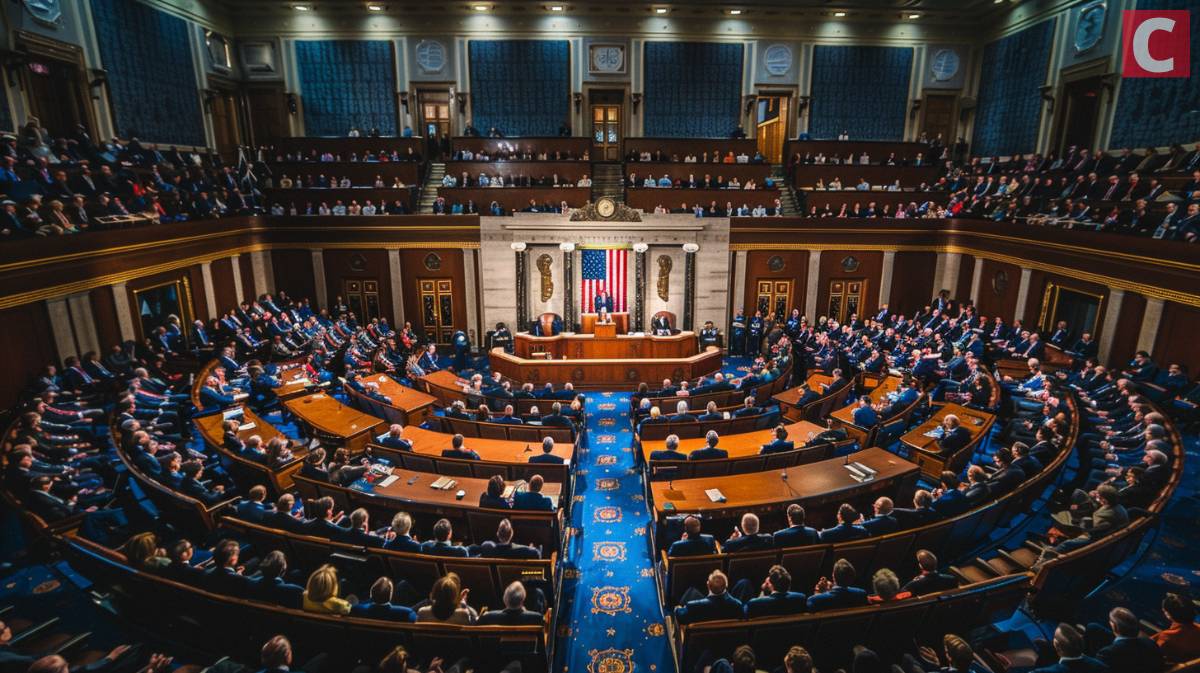
July 16th, 2025
Get the latest USDC news to find details about how this stablecoin has changed digital finance and made a real-world impact on the crypto and traditional sectors. Check how it USDC bridging the gap between blockchain technology and fiat currency while facilitating cross-border transactions by integrating payment processors to simplify international payments.
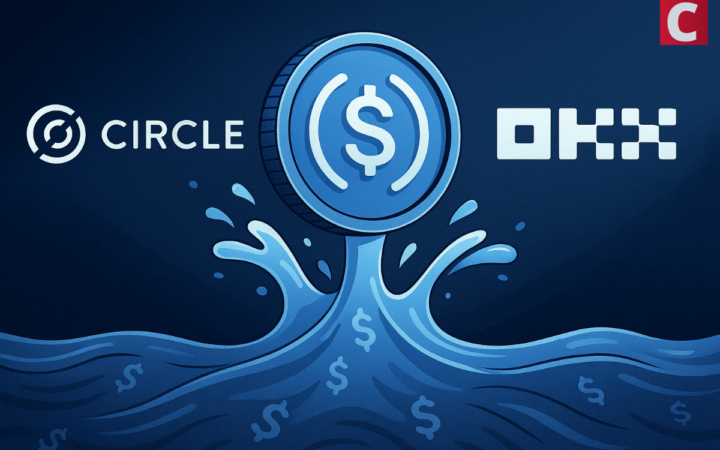
Circle and OKX have partnered to enhance USDC stablecoin liquidity, providing 1:1 USD conversions and improved access for global users.
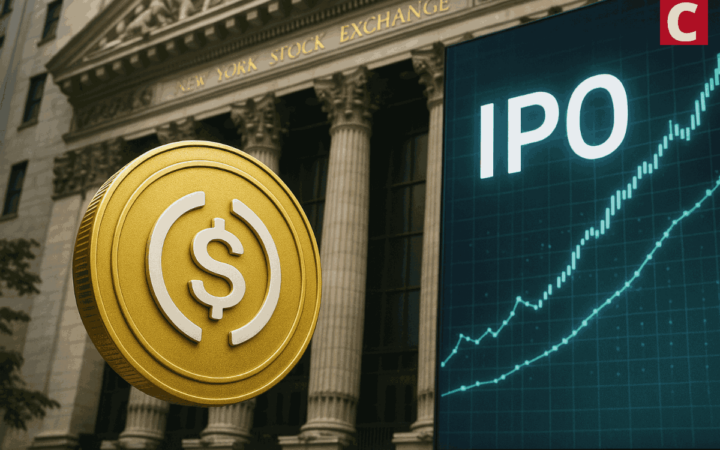
USDC issuer, Circle, has filed for its IPO on the New York Stock Exchange under the ticker “CRCL” marking the start of the public listing journey.

Sony Electronics announced it will accept USDC stablecoin payments in Singapore facilitated by Crypto.com.
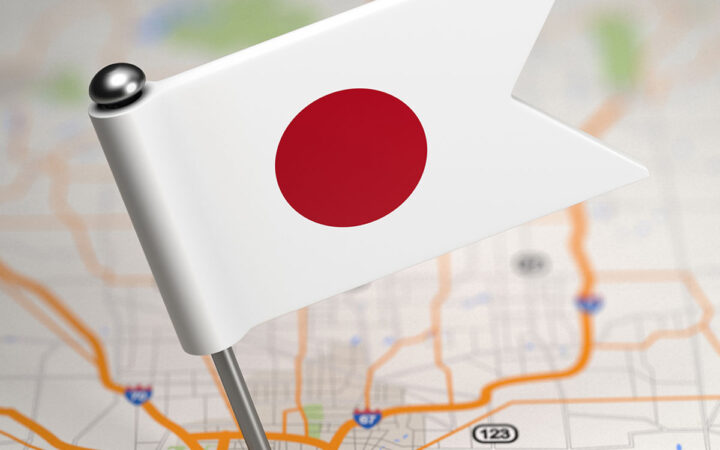
SBI Group’s crypto unit SBI VC Trade is set to commence USDC stablecoin service later this month.
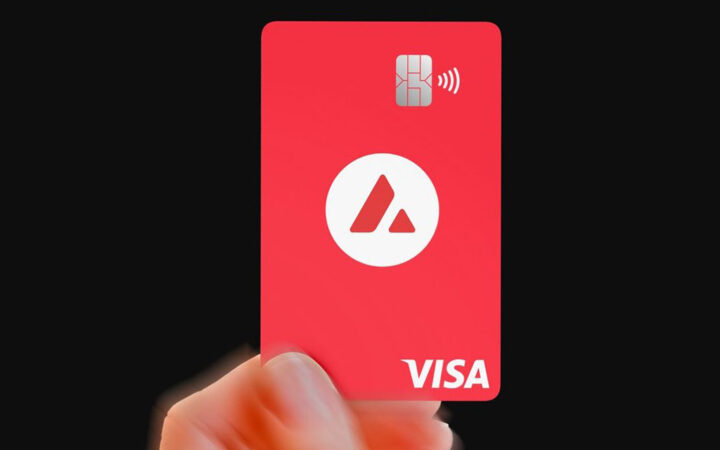
Avalanche Foundation debuts a crypto-powered Visa card in partnership with Rain, targeting Latin America and Caribbean markets first, allowing seamless payments with AVAX and stablecoins.
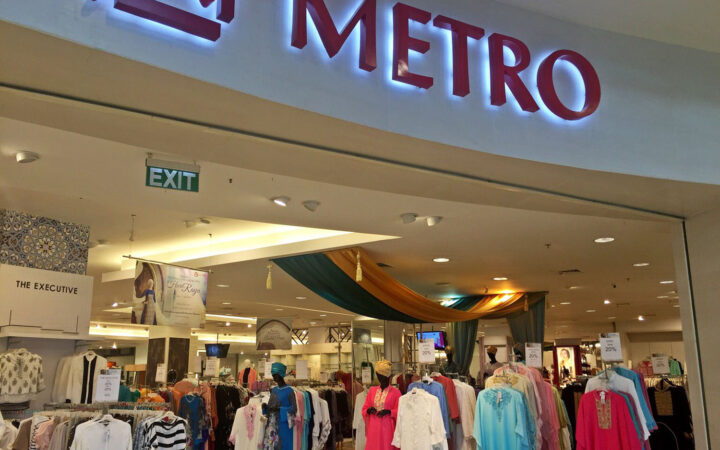
The stablecoin payment option will initially be available at Metro Paragon and Metro Woodlands locations.
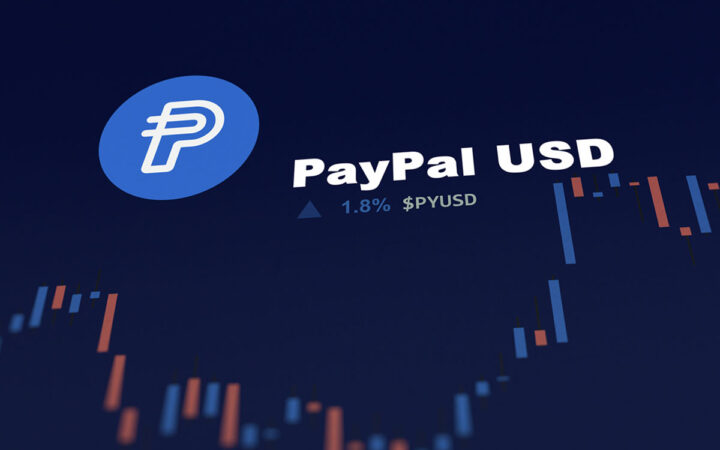
Despite market challenges, PayPal remains committed to expanding PYUSD’s use cases, positioning it as a reliable payment solution for merchants worldwide.
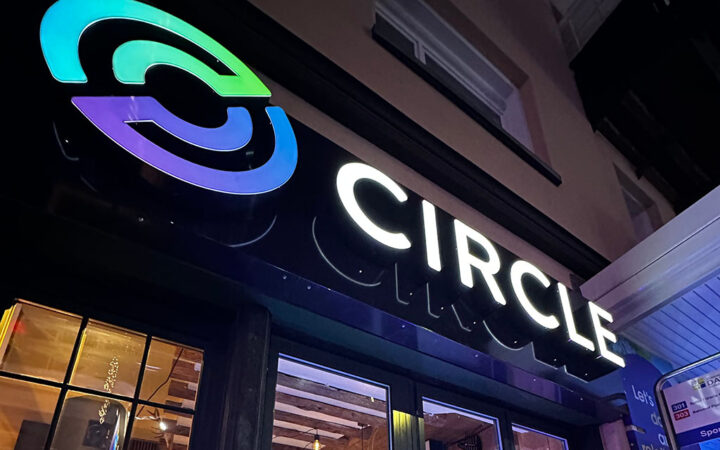
The stablecoins has now joined Bitcoin (BTC), Ethereum (ETH), Litecoin (LTC), Ripple’s XRP, and Toncoin (TON) in Dubai’s approved list of tradable cryptocurrencies.
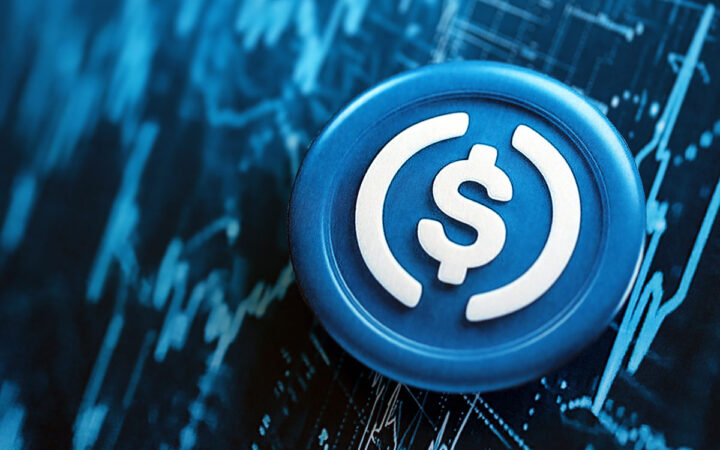
With a 78% market share, USDC dominates Solana’s stablecoin ecosystem, overshadowing Tether (USDT) and other rivals.
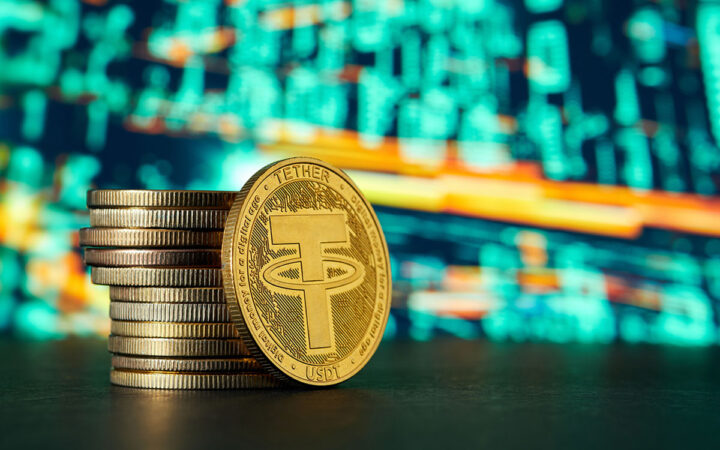
The rising supply of stablecoins like USDT and USDC signals potential bullish sentiment, with analysts viewing them as “dry powder” for altcoins rally ahead.
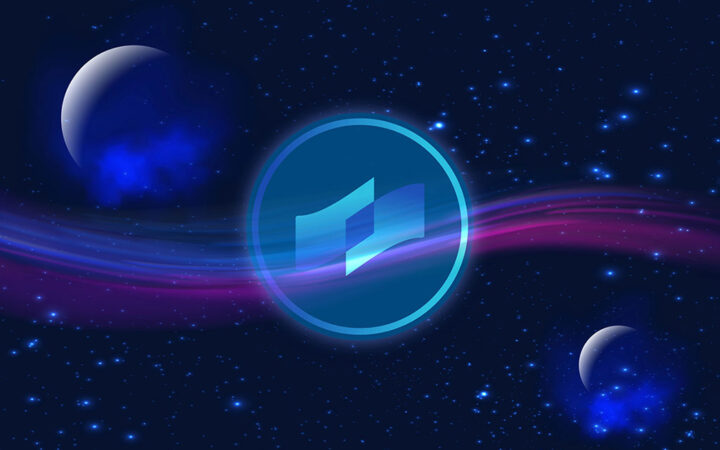
COTI introduces V2 network with USDC integration, bringing encrypted Web3 protocols and expanded stablecoin support to its layer-2 ecosystem.
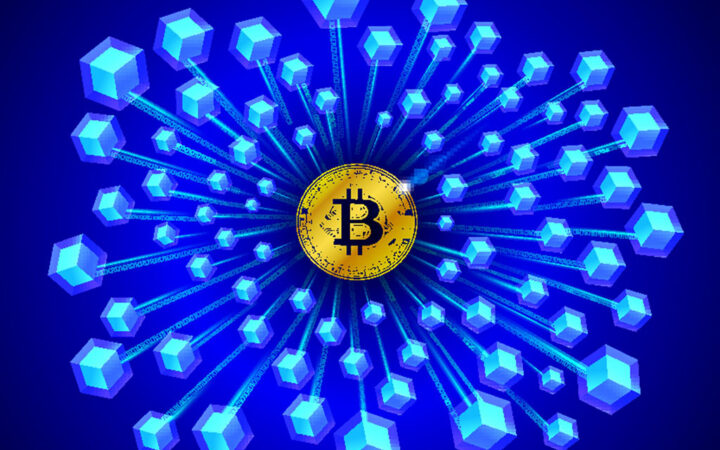
Web3 startup Plasma raises $24M to develop a specialized Bitcoin sidechain focused exclusively on stablecoin transactions, launching in Q2 2025.
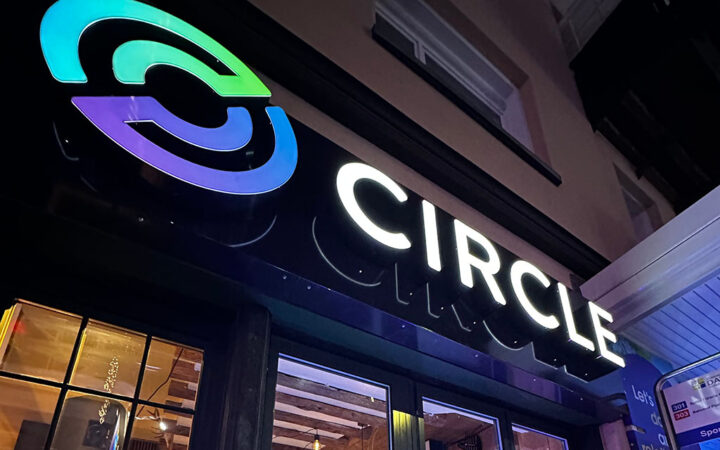
The stablecoin market as a whole has seen significant growth, with USDC’s circulation increasing by 78% year-over-year.

Circle’s USDC stablecoin demonstrates significant market growth against Tether’s USDT, particularly on Solana, as US regulatory clarity and strategic partnerships fuel adoption.

Stablecoins’ supply saw explosive growth, rising by over 59% throughout the year and peaking at $200 billion in September.
USD Coin USDC $1.00 24h volatility: 0.0% Market cap: $63.31 B Vol. 24h: $9.46 B is one of a few cryptocurrencies that stand out in the crypto sector because it is immune to the typical volatility problems plaguing the industry. While many other decentralized digital currencies suffer heavy price swings, the value of USDC does not fluctuate and remains firmly pegged to the US dollar. This feature makes USDC a reliable financial instrument with extensive uses in the crypto sector while also merging the digital asset and fiat industries for better integration.
USDC is transparent and verifiable. The token is 100% backed by real US dollars or equivalent assets held in reserve and is redeemable one-to-one for US dollars. This means that there is an actual dollar in a regulated bank representing every USDC token issued on a blockchain. The security and reliability this offers make USDC one of the most trusted digital assets in the stablecoin market.
The token has become a multi-purpose tool with increasing volatility. For instance, USDC is commonly used for international transactions and local payments and is a popular option on many crypto platforms, as well as traditional services that accept cryptocurrency payments. In addition, USDC works with several decentralized finance (DeFi) platforms, powering decentralized lending and borrowing, and helping users earn interest on their holdings.
Furthermore, USDC is interoperable across multiple blockchains, such as Solana SOL $173.4 24h volatility: 6.8% Market cap: $92.97 B Vol. 24h: $16.31 B and Ethereum ETH $3 361 24h volatility: 9.3% Market cap: $405.67 B Vol. 24h: $47.57 B , ensuring that transactions are quick and efficient regardless of a user’s preferred network. USDC is contributing significantly to crypto adoption through its cross-chain functions and deep integration with global finance.
Explore the USD Coin (USDC) guide for more information about the stablecoin and how it is connecting crypto and fiat.
USDC operates on multiple major blockchains, including Ethereum, Avalanche, Solana, Algorand, and Tron. This cross-chain interoperability makes the token versatile across a wide range of applications.
Yes. USDC is very commonly used for cross-border payments. The asset’s design enables quick and cheap international payments and also preserves transaction value because its price is stable.
USDC has several functions beyond basic cryptocurrency trading. For instance, the stablecoin is becoming more popular in the decentralized finance (DeFi) sector, where it is used in lending protocols, global remittances, and value preservation.
Some governments have explored using USDC for digital payment systems and cross-border remittances since the asset is compliant with regulatory standards. For instance, Bermuda announced in 2019 its decision to accept tax payments using USDC. In September 2024, the Louisiana Treasury in the US announced it would allow residents to pay for state services using USDC and several popular cryptocurrencies.